Kimün-Ko Analyzes Hydrological Changes in the Petorca Basin Following Atypical Rainfall
Between November 5 and 9, members of the Kimün-Ko Water Resources Observatory of La Araucanía conducted a fieldwork campaign in the Petorca Basin, specifically in the Longotoma sector, with the goal of reviewing and downloading data from meteorological and soil moisture stations installed in the area.
During the campaign, 10 monitoring stations were visited, distributed as follows:
- 5 soil moisture stations: Quebrada Palmitas, Quebrada El Ajial (with two stations), Pedernal, and El Sobrante.
- 5 meteorological stations: Pedernal (Quebrada Huinganes), Pedernal (Quebrada Lagunitas), Quebrada Palmitas, Quebrada El Ajial, and El Sobrante.
One of the most significant findings was the recorded precipitation in the basin during 2024, averaging approximately 400 mm—an unusual value for a region that has experienced over a decade of megadrought. During the visit, it was observed that some sections of Route E-253 were slightly flooded by the Petorca River, indicating the good water availability the region has experienced this year. This situation has been met with relief by residents, who have endured years of severe water scarcity. However, these events highlight the importance of constant monitoring to determine whether this rainfall represents isolated anomalies or potential changes in the basin’s hydrological behavior.
The data collected during this fieldwork are essential for a better understanding of Petorca’s hydrological dynamics, a critical basin for the country. This monitoring effort not only contributes to scientific knowledge but also supports decision-making for the sustainable management of water resources in highly vulnerable areas.
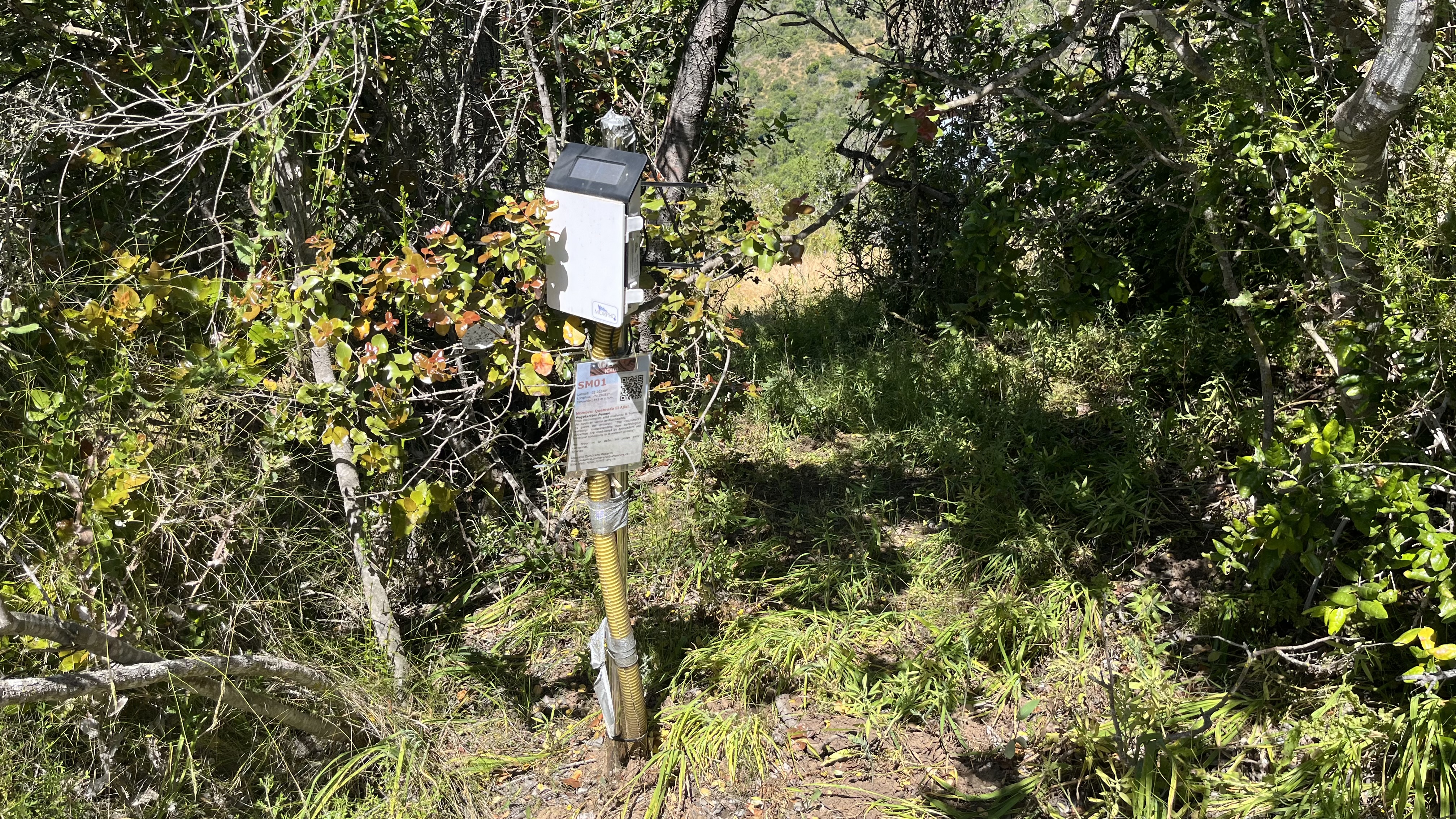
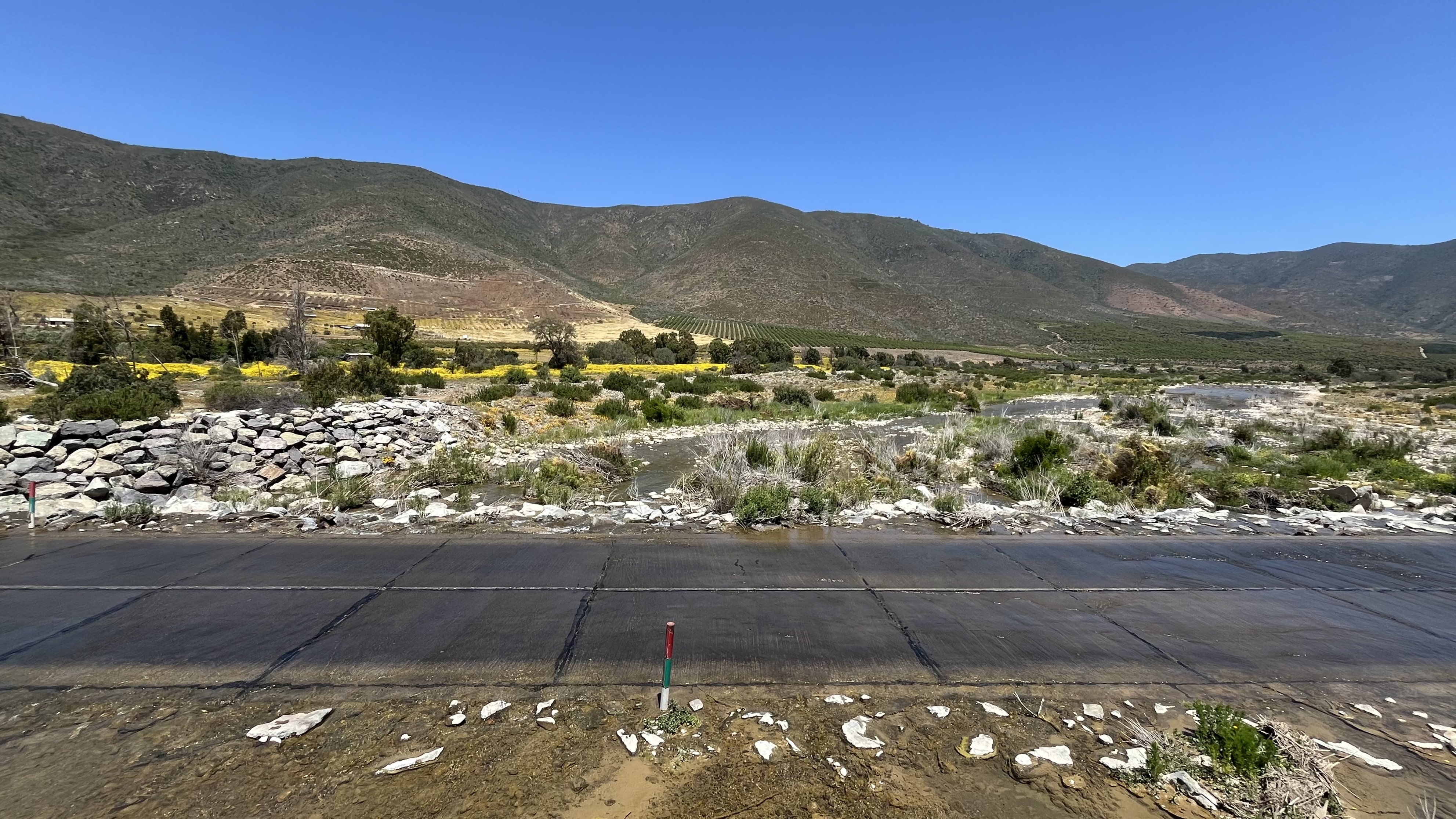
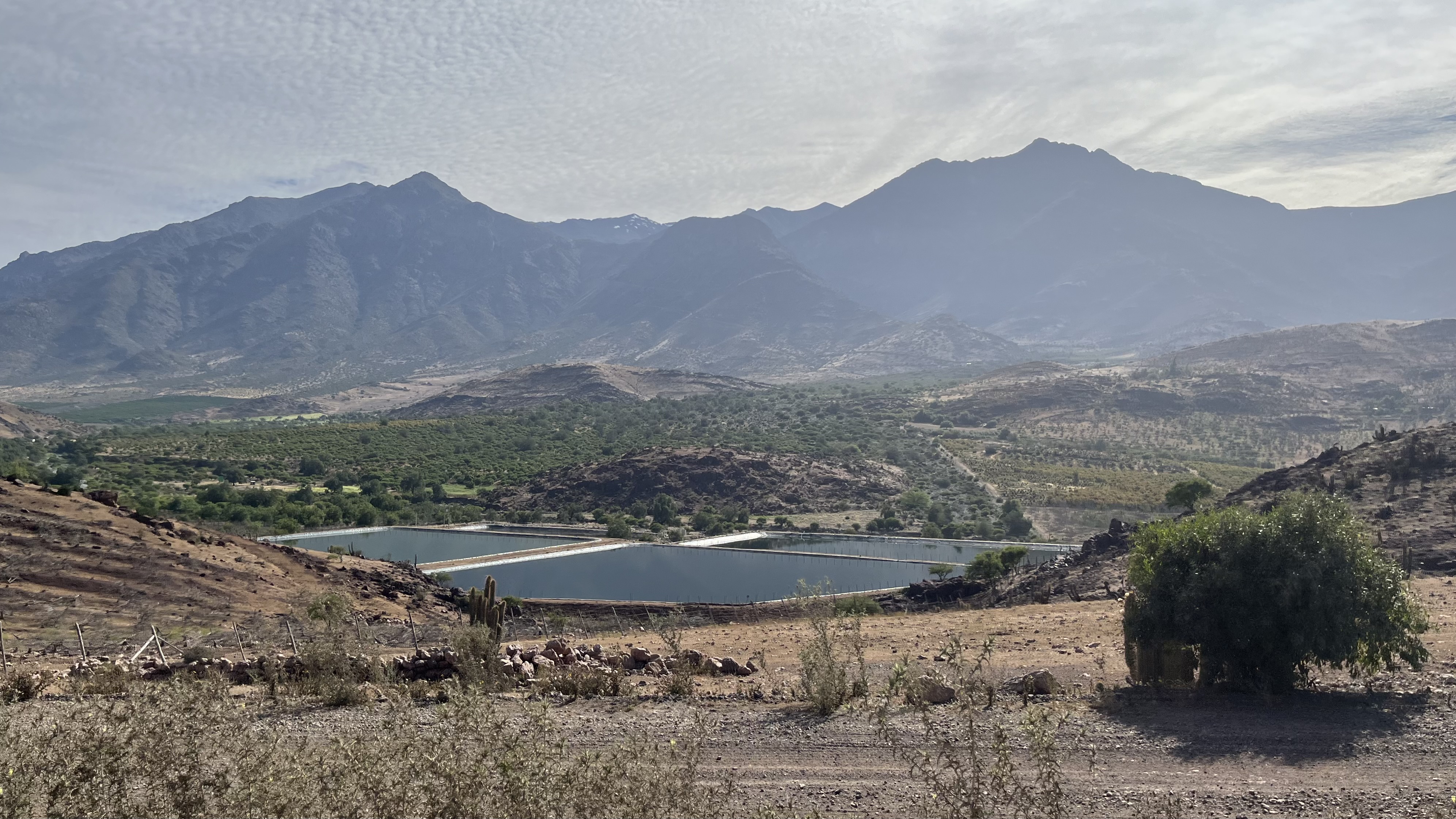
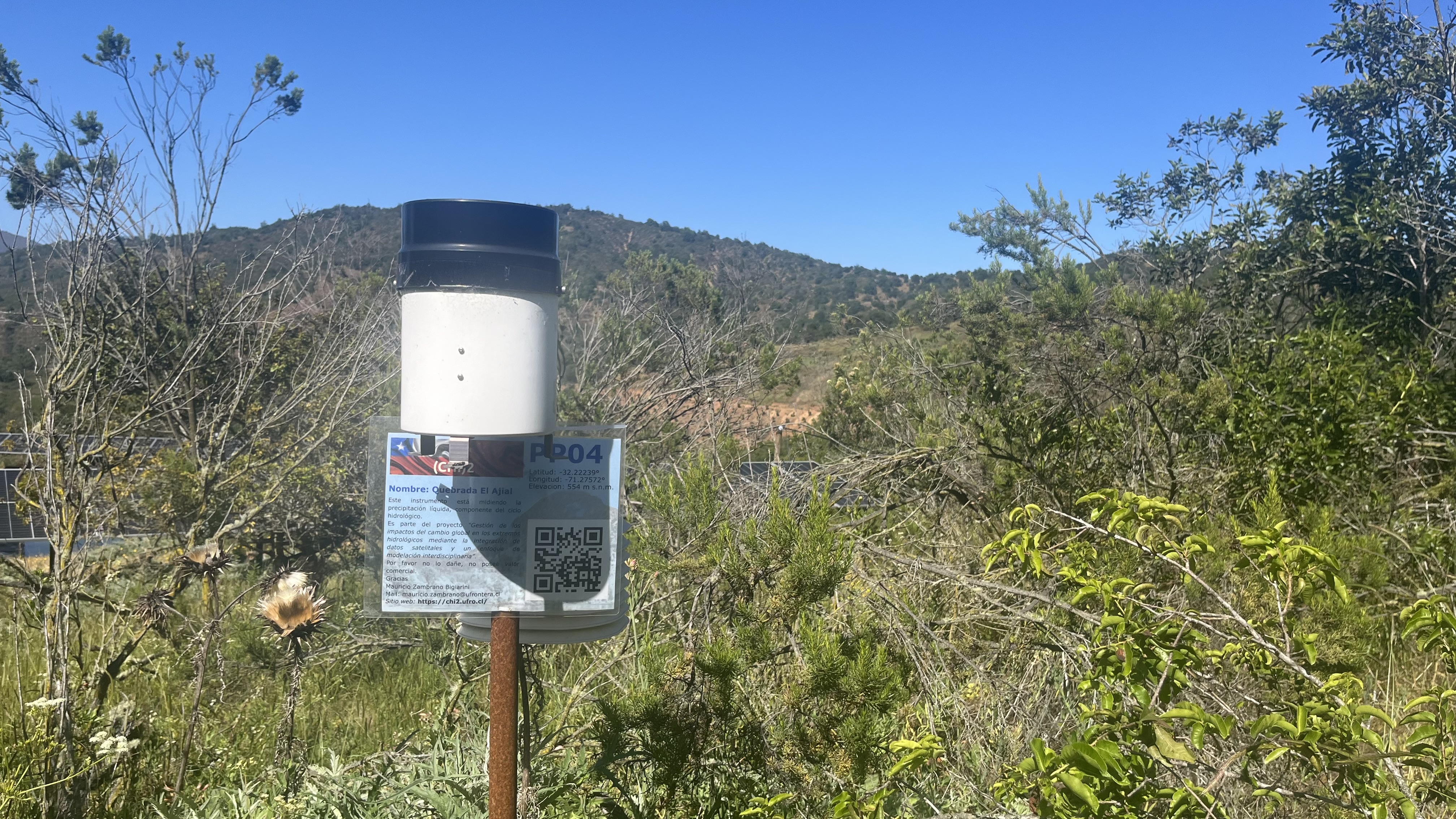
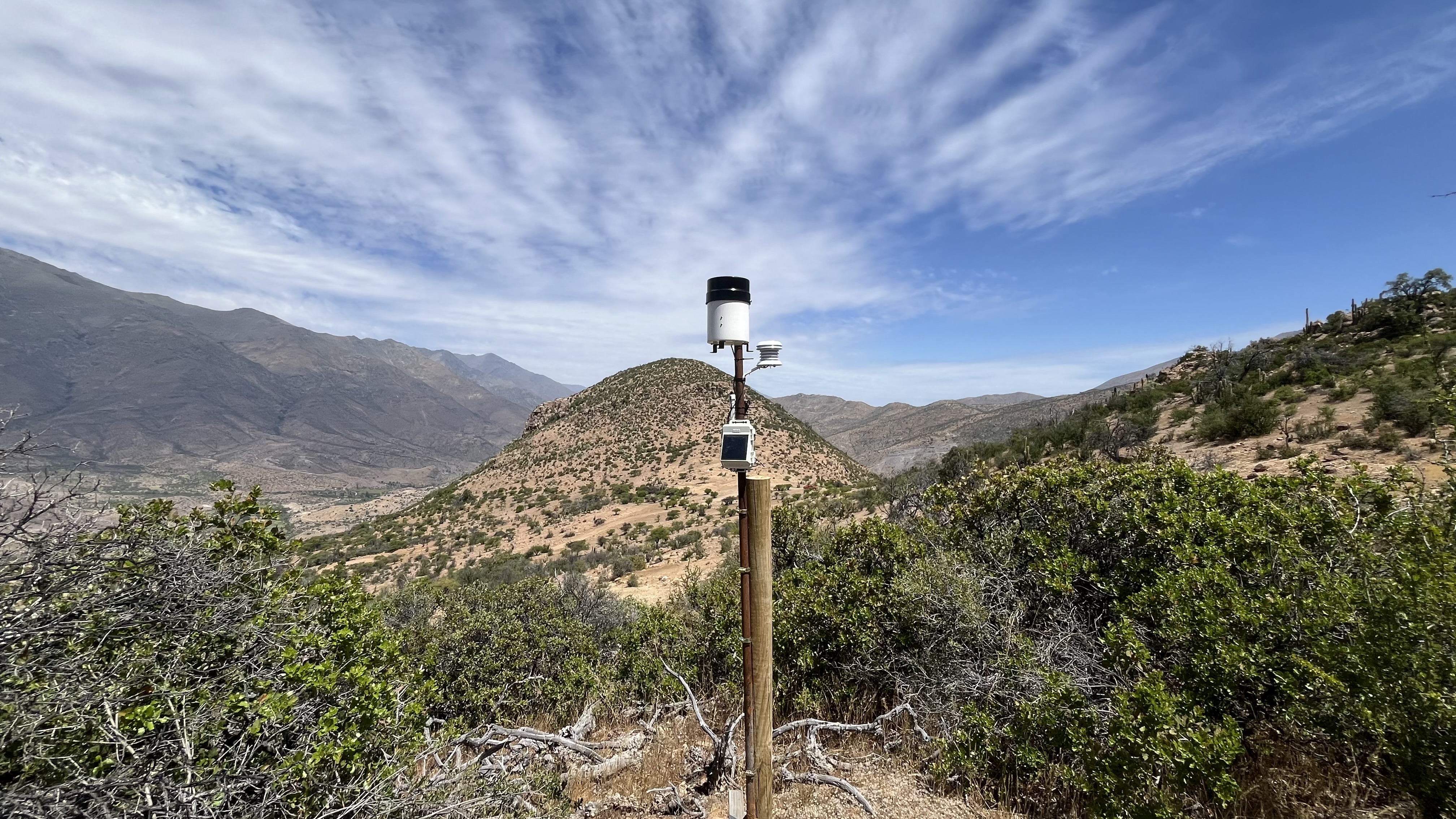
Figure 1. Monitoring Stations.